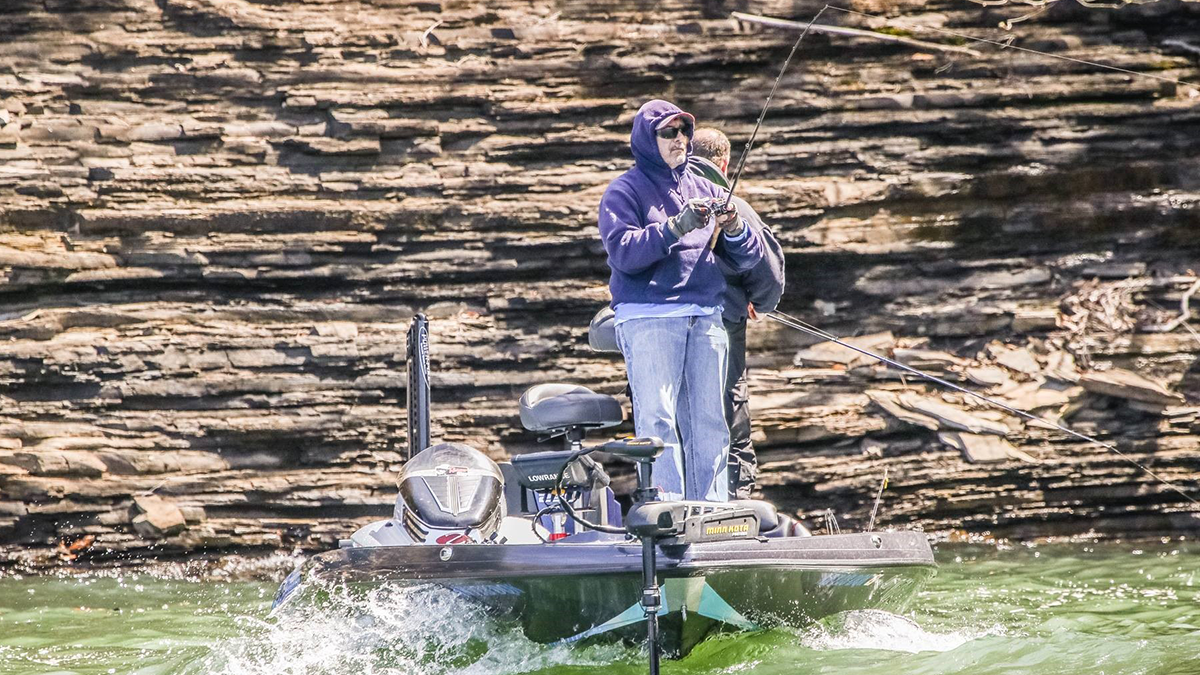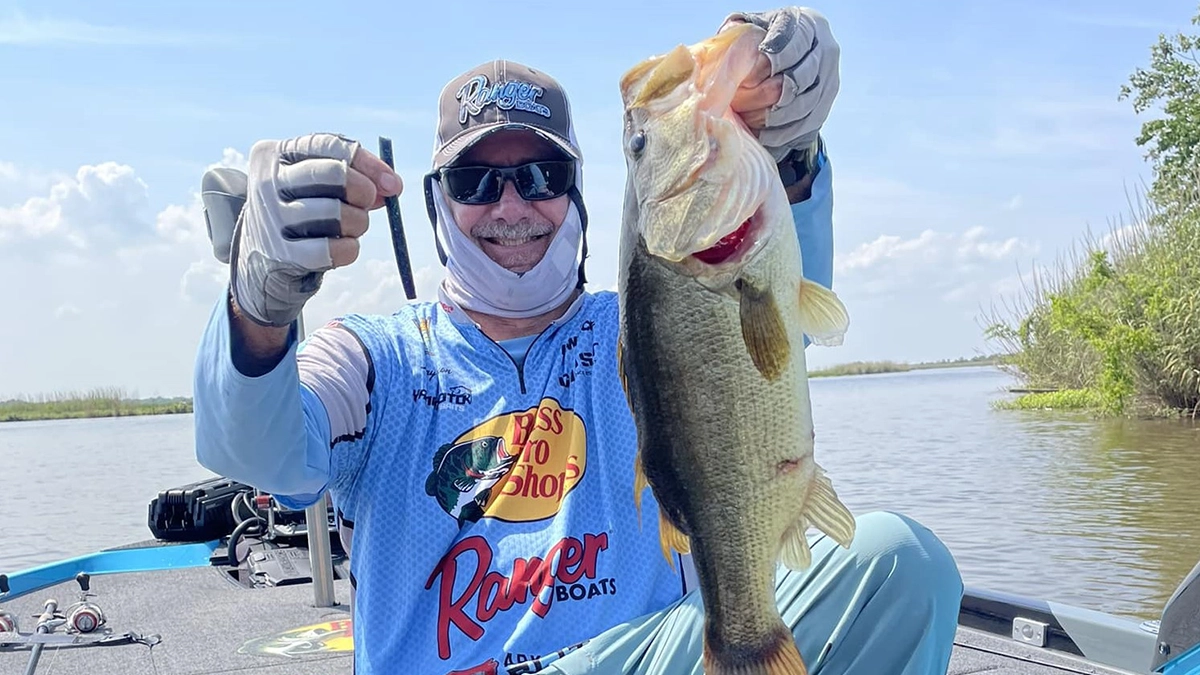Warning: Undefined variable $k in /home/nginx/domains/wired2fishcom.bigscoots-staging.com/public/wp-content/themes/understrap-child-0.6.0/functions.php on line 984
Warning: Undefined variable $k in /home/nginx/domains/wired2fishcom.bigscoots-staging.com/public/wp-content/themes/understrap-child-0.6.0/functions.php on line 987
Larry Nixon has a fishing tip for you: Don’t put your plastic worms away just yet.
Most fishermen consider worms to be summer baits, at their best when they are slowly worked through heavy cover. But Nixon will tell you that they can lure big bass even in the fall and winter.
He should know. Nixon is one of professional bass fishing’s all-time greats, having won multiple tournaments on plastic worms.
“The plastic worm is absolutely a year-round bait,” said Nixon, who lives in Bee Branch, Ark. “It will work even in the middle of December and January when they’re not hitting anything else.
“You can get right over the top of them, drop a straight-tail worm straight down and doodlesock it and just fill your live well.”
With some big ones thrown in.
Flash back to a January day on Sam Rayburn Reservoir. Fishing in 30 feet of water off a point where a creek channel swung in, Nixon caught a largemouth weighing 10 pounds 4 ounces.

YEAR-ROUNDER
Nixon, who retired from professional bass fishing at the end of 2023 after 46 years on the trail, still follows a tradition of fall and winter fishing.
“If I am fishing in September, October or November and it’s dead calm, I am going to go to a worm hooked up on a drop shot,” he said.
Nixon looks forward to the days right after a cold front. “If you get a few cold nights in a row, the bass have a tendency to go straight to the bottom.,” he said. “They may stay there for a few days before they’re up chasing shad again. But that’s one of the best times of the year for finding them grouped up in big wads.”
The fishing is generally best after the fall turnover, anytime from late September into October. Nixon will use his electronics to locate creek channels and look for anything out of the ordinary such as an old pond dam, a bend, or deep cover.
Nixon will fish a 4-inch plastic worm such as a Senko or a Robo Worm on a dropshot and try to keep it 6 to 8 inches off the bottom. He will hold the bait motionless, then shake it slightly. If he doesn’t get a hit, he’ll reel it up and make another cast.

GO LIGHT
His equipment will depend on the reservoir he is fishing. On famous bass waters such as Toledo Bend, Sam Rayburn or Guntersville, he will use a medium-action baitcasting rod with 12-pound-test fluorocarbon line. That’s what some bass fishermen might consider light, but Nixon said it makes a difference.
“Line size definitely makes a difference,” he said. “If I use 14- or 17-pound test, I might get 6 to 8 bites a day. When I drop down to 12-, I might get 25.”
Nixon uses the “lift and drop” technique most of the time. He will lift the worm about 2 feet, then let it drop. Most of the hits come on the fall.
As fall progresses and blends into winter, Nixon has found that the bass will often follow the creek channel until it meets with the river channel.
“You have to search to find them in cold water, but once you do, it will stay consistent,” Nixon said. “You can go back to that spot for days and find them there.”
NO ONE TRICK PONY
Nixon’s confidence in plastic worms can be traced to the days when he was a nationally known guide on Toledo Bend and Sam Rayburn reservoirs. He learned early on that Crème Scoundrel plastic worms could save the day when the bass stopped hitting moving baits.
He started by attaching the straight worm to a 1/8-ounce jig head and fishing the edge of weedlines. Later, he learned to rig his plastic worms Texas-style (with the hook point skin-hooked to make it weedless) to a drop shot (with the weights on the bottom and the plastic worm tied to a leader several feet above) and wacky-style (with the hook in the middle of the plastic worm so that it would flutter down when it was fished without a weight).
While plastic worms are his go-to baits, Nixon emphasizes that he uses a variety of lures to catch bass, too. “You have to be versatile to compete,” he said. “There are times when other baits are better for the conditions.”
Still, when fishing is tough, he often goes back to the plastic worms made by his sponsor, Yamamoto Baits. “I love casting a Yamamoto Senko, fishing it without a weight, and just letting it sink to the bottom on slack line,” he said. “I’ll give it a little pop to make it jump off the bottom, then let it freefall again I’ve caught a gazillion bass that way.”












